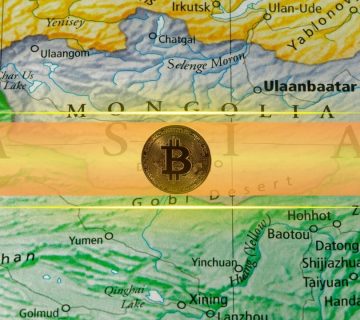Singapore authorities have arrested 10 foreign nationals suspected to be involved in money laundering and forgery, among other illicit activities, and have seized or frozen cash, assets, and crypto worth over S$1 billion.
While eight other suspects are on the run, the case could be considered one of Singapore’s largest money laundering crackdowns.
Singapore Seizes Over $1B in Cash, Properties, and Assets
The Singapore Police Force (SPF), in a Facebook post on August 16, revealed that over 400 law enforcement officers from the Commercial Affairs Department (CAD), the Special Operations Command, the Police Intelligence Department, and the Criminal Investigation Department, simultaneously raided the residence of the suspects, who lived in places such as condominiums and Good Class Bungalows (GCB).
The raid happened on August 15, with the SPF stating that authorities acted based on information that the arrested individuals allegedly used fake documents to substantiate their source of funds in Singapore bank accounts.
According to the Police, none of the 10 individuals are citizens of or permanent residents in Singapore. Instead, the suspects, with an age range between 31 and 44 years, are Cypriot, Turkish, Cambodian, Ni-Vanuatu, and Chinese nationals, with seven out of the 10 non-Chinese nationals said to possess other foreign passports issued by China.
Following the crackdown, authorities seized over 35 bank accounts holding an estimated balance of more than $110 million, S$23 million cash, including foreign currencies, and issued a prohibition of disposal orders against 94 properties and 50 vehicles with an estimated worth of S$815 million.
Other assets confiscated include over 270 pieces of jewelry, 250 luxury bags and watches, two gold bars, and 11 documents on information on crypto, bringing the total value of cash and assets seized or frozen to over S$1 billion ($736.5 million).
With further investigations ongoing, eight other people are currently at large and wanted by the police, with the SPF stating that 12 other individuals a
Go to Source to See Full Article
Author: Anthonia Isichei





